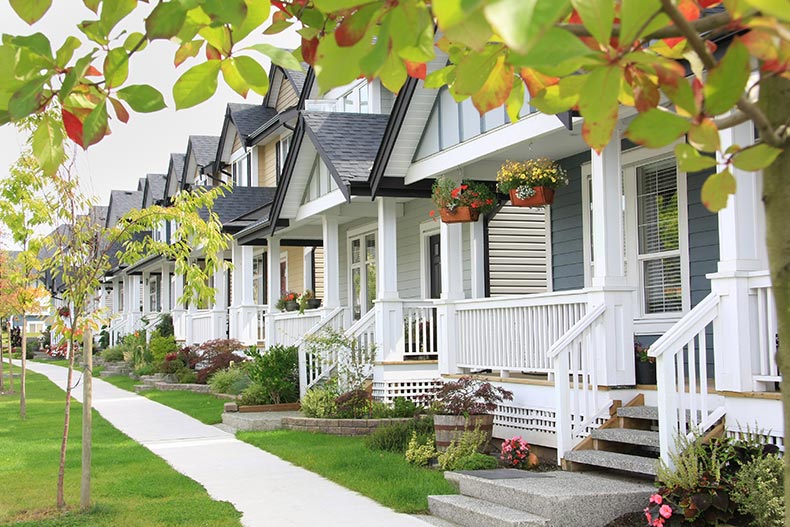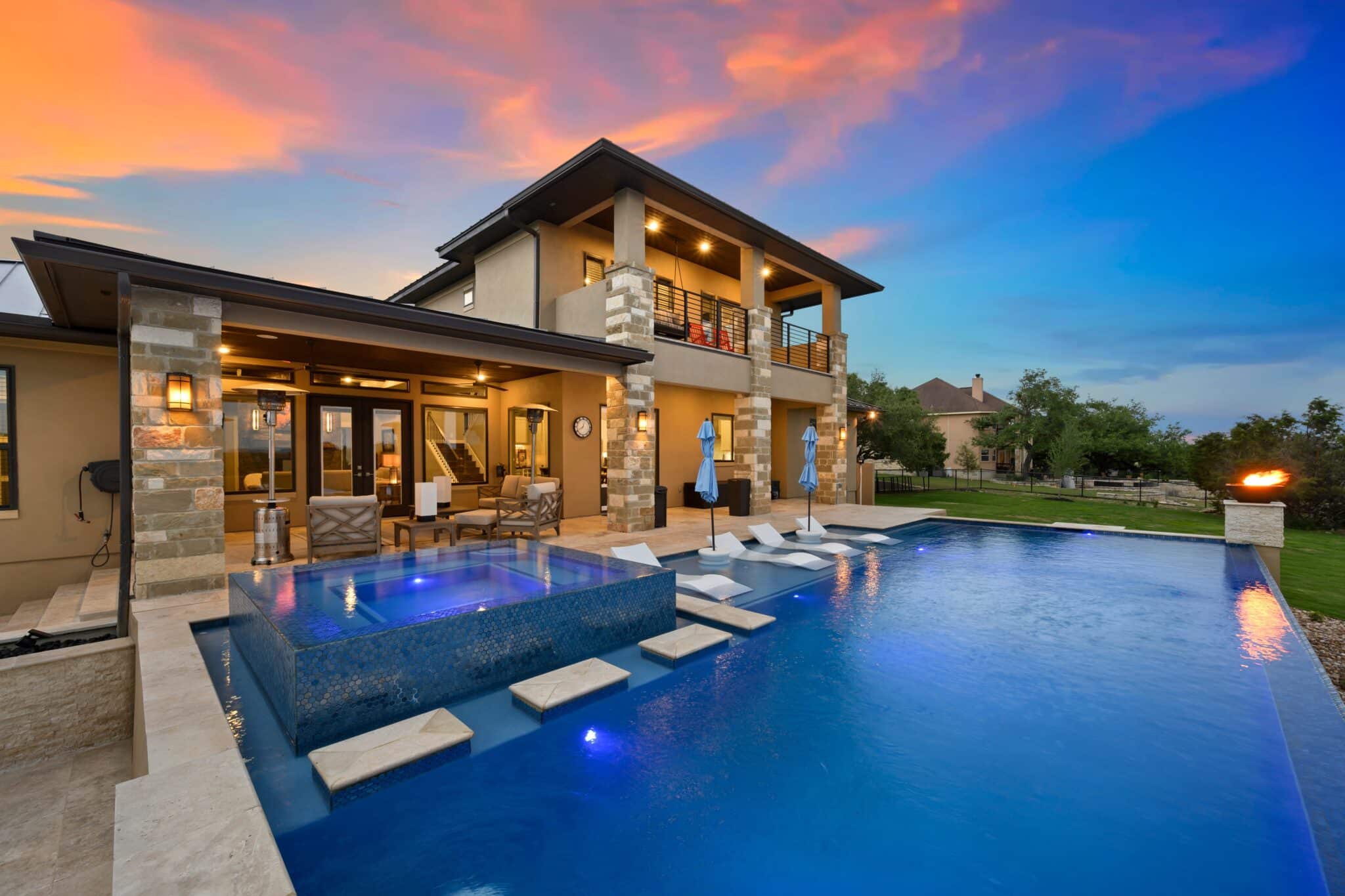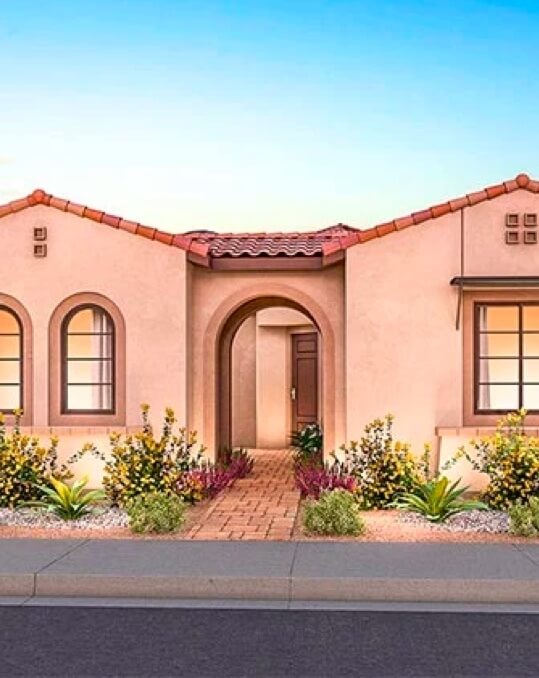6 minute read
People often have a fixed view of what living in an attached home is like, but that may be outdated or inaccurate. Let’s look at the real pros and cons of attached homes, especially in 55+ communities.
What Is an Attached Home?
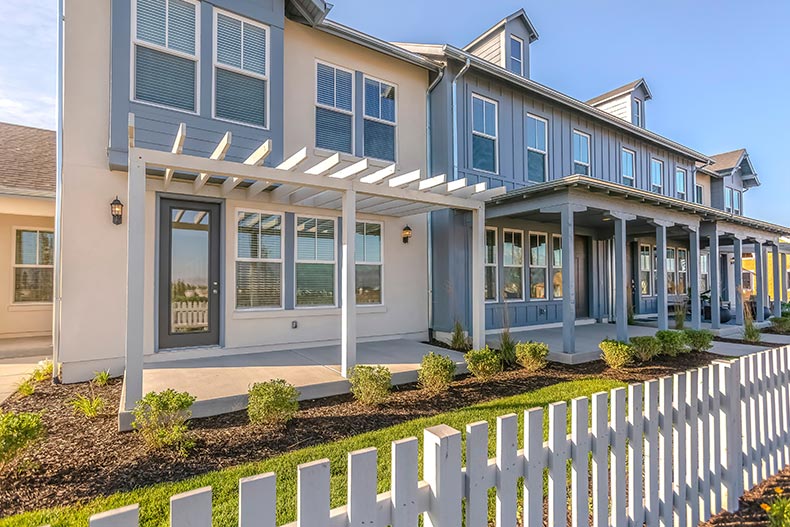
In the majority of cases, an attached home will be one that shares an interior wall with its neighbor on one or perhaps both sides. Therefore, it’s literally attached to the house next door. In some cases, though, the attached wall may only be a garage wall, though sellers usually try to make this clear in the home description.
Why Choose an Attached Home?
The main reason people choose attached homes is bang for your buck. Attached homes tend to be less expensive than detached single-family homes, so if you’re looking for extra space or you want to limit your homebuying budget, attached homes may give you what you want.
Types of Attached Homes
In most cases, an attached home will be similar to a single-family home but attached to its neighbor and sharing a wall. However, an attached home may only share a garage wall or may also be a duplex or a condo. Duplexes and condos may have more than one shared wall with more than one neighbor, so it’s important to look closely at property descriptions to establish exactly what you’re considering.
Popular Locations for Attached Homes
Most 55+ communities across the U.S. will have a mix of both attached and detached homes. Within communities themselves, there are no hard and fast rules. Although, in general terms, attached homes tend to be closer to the heart of a community, while detached homes tend to be more on the edges. Whether you see this as an advantage or disadvantage is up to you.
Pros and Cons of Living in an Attached Home
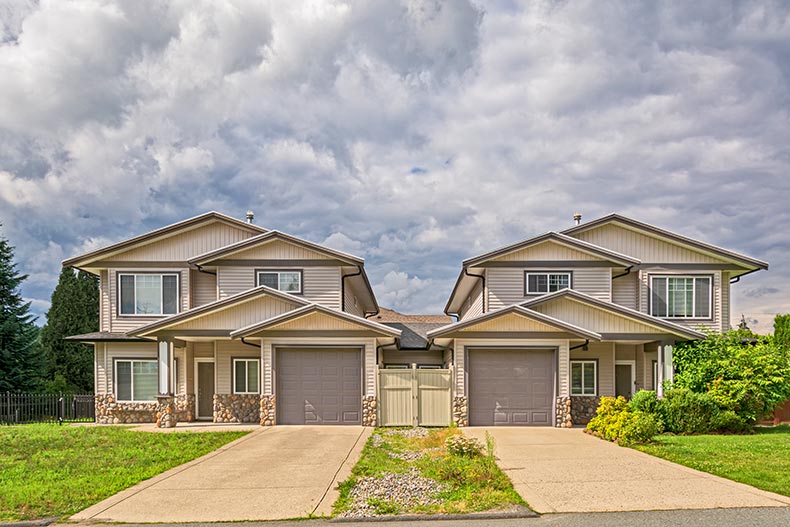
There are obviously advantages and disadvantages to attached home living, although these are not blanket rules. What may be a disadvantage in one attached home, may not be an issue in another home.
Problems With Attached Home Living
Shared Walls and Noise
For most people, the number one potential problem with attached homes is neighbor noise through the shared wall. This is a complicated issue, and it’s far from being black and white.
More modern homes are much better insulated than older homes. This isn’t necessarily to accommodate the wishes of homeowners, but over the years, building regulations have changed to require better insulation for fire hazards and other safety reasons. Builders also take privacy more into account. For example, front doors that used to be commonly situated next to each other are now more likely to be placed some distance apart, so you don’t necessarily have to see (or hear) your neighbor coming and going.
Also, when comparing detached homes and attached homes, detached homes aren’t a guarantee of no neighbor noise. You may not hear it through the walls, but if you share a garden fence, then you may get neighbor noise that way. Neighbors with one or more barking dogs can be a great nuisance, and even though you may be able to report this to your homeowners’ association (HOA), you still have to put up with the noise till the problem can (hopefully) be resolved.
If you’re considering buying a duplex or condo, then there may be other problems. In either case, you may find yourself with quiet neighbors on one side but noisy neighbors on the other.
Stairs and Elevators
In a condo building, there are often various issues related to stairs and elevators that residents may encounter. Firstly, the availability of stairs can be problematic for individuals with mobility challenges or disabilities. This can limit their access to different parts of the building and hinder their daily activities. Moreover, inadequate maintenance of stairs, such as poor lighting or slippery surfaces, can pose safety hazards for all residents and increase the risk of accidents and injuries.
On the other hand, elevators can also present their own set of issues. Frequent breakdowns or malfunctions can lead to inconvenience and frustration for residents, especially those living on higher floors. Elevator downtime may result in longer waiting times, overcrowding in the remaining operational elevators, and delays in reaching desired destinations.
During your home search, be on the lookout for accessibility features. Also, be sure to check if there are regular maintenance and safety inspections of both stairs and elevators.
Limited Storage
Attached homes tend to be smaller than detached homes. This may not be a problem for people who are deliberately downsizing and having a clear-out before moving, but it may come as a shock to people who aren’t. Be sure to check storage space (like wardrobes and kitchen storage) when looking at an attached home.
Why Attached Home Living Is Great
Low-Maintenance
As a general rule, attached homes do tend to be low-maintenance. With attached homes, some HOAs take care of responsibilities like exterior maintenance, shoveling snow, or lawn care. This varies from community to community, however, so it’s something to look into before making a purchase.
Lower Energy Bills
Attached homes generally have lower energy bills because of the shared walls. If you have an attached home that shares walls with other homes on either side, then you’ll definitely benefit by way of lower heating costs in winter and lower AC bills in hot climates like Arizona, Florida, or Nevada.
Affordability
Attached homes are usually less expensive per square foot than detached homes, thanks to savings on building costs. They’re usually also on slightly smaller building plots, bringing another saving.
Lower Taxes
Attached homes may also attract reduced property taxes, depending on their classification by the local county assessor.
Socialize With Neighbors
As a general rule, attached homes make it easier to socialize with your neighbors without sacrificing privacy. There are simply more people around in attached home neighborhoods, and you’re more likely to see your neighbors while you’re in the yard or walking down the street.
Prime Locations
As mentioned previously, attached home neighborhoods tend to be near the center of 55+ communities. This makes it easier to get to amenities like clubhouses, pools, tennis courts, and so on. You may even be able to walk to these amenities. It won’t always be the case, but it’s certainly a factor to consider when drawing up your own personal list of the pros and cons of attached homes versus detached homes.
Why Are Attached Homes Popular Among 55+ Homebuyers?
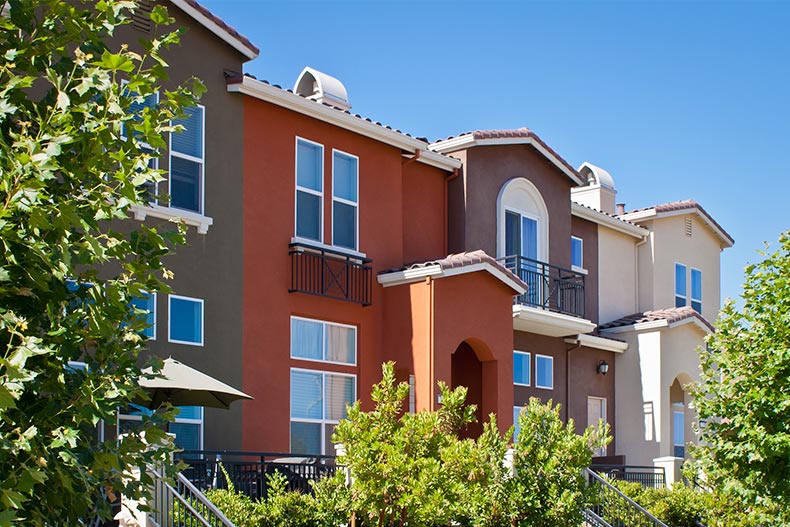
These are some of the reasons why attached homes are popular with 55+ homebuyers. These may help persuade you not to rule out attached homes if you previously thought they weren’t for you.
- Low-Maintenance – Attached homes are often low-maintenance with lower energy bills and sometimes lower property taxes too.
- Amenities and Location – Attached homes are often closer to a 55+ community’s amenities.
- Bang for Your Buck – You’re likely to get more space for your money or find more homes to choose from in your budget.
55places Will Help You Find the Right Home

So why choose an attached home? In short—more choices, less maintenance, lower bills, and often better locations. Contact 55places.com today, and we’ll help you find the right home in the perfect 55+ community!

Discover what’s next.
To learn more information or connect with a real estate expert, contact us today.

